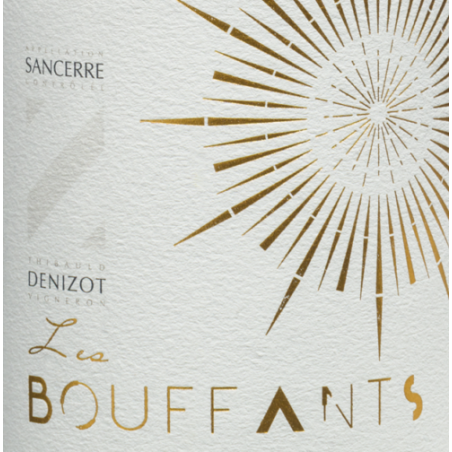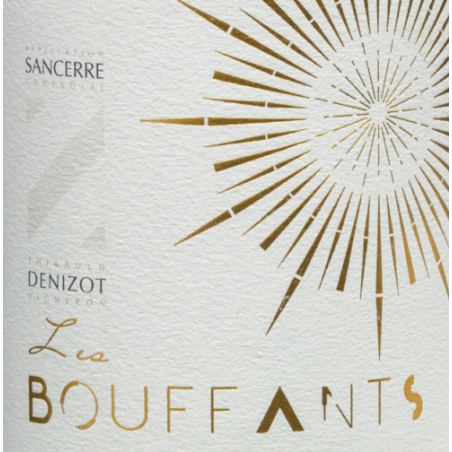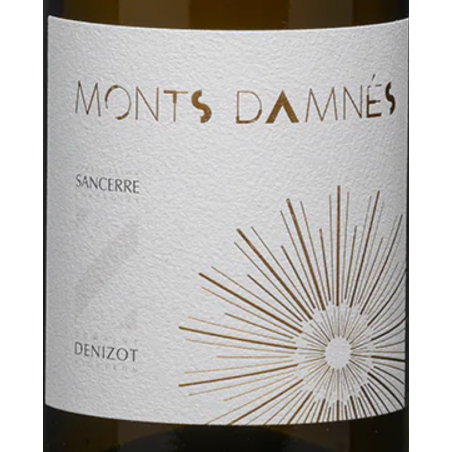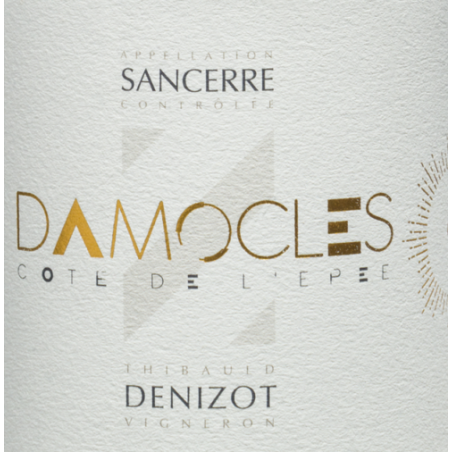11 produits




11 produits
This is the famous Domaine Denizot, a superb Loire estate in the Sancerre appellation. Find all the best references of this prestigious estate on Comptoir des Millésimes. This is one of our partner estates, which means that their wines are sent directly to our cellar after being bottled on their estate. The winemakers reserve an allocation of their cases of wine for us each year. So don't hesitate to create an email alert (in the section my Alerts ) on the Domaine Denizot in order to be informed first of the latest arrivals.
Do you have an image of "simplicity" and "basic" for Sancerre wines? The wines of Thibauld and Jennifer Denizot will add depth and complexity to your perspective of the wines of this appellation! They are committed to enhancing their mythical vineyard sites through careful farming and deliberate cellar work, including complexly composed cuvées. Blending is the hidden art of Sancerre, an art in which Thibauld excels.
The taut, energetic profile of Denizot wines reaches its peak in Côte de l'épée, a steep limestone slope that produces a chiselled, crystalline Sauvignon Blanc, and Les Bouffants, a sunny site on Morello cherries and limestone that produces wines with pronounced structure and depth. The Denizots also produce an elegant Sancerre Rouge that pays tribute to a lesser-known aspect of the region's past. "There is not one Sancerre, but thousands," says Thibauld, inviting us to follow a natural curiosity to better understand the surprising facets of the region.
Thibauld describes the geology of Sancerre "as an island with a tormented relief, bordered by the Loire to the east and dominated by the Piton de Sancerre. It is hard to imagine that the sea once covered it completely, leaving behind numerous invertebrates, notably ammonites. Layers from very distant eras are superimposed on each other, or even exist side by side on the same level. In places, entire geological layers disappear. Other layers are superimposed, causing new heights to emerge, forming the numerous hills of the Sancerrois". This is where what he considers to be "the secret of this land" lies: depending on where you set foot, sometimes just a few metres away, the soil and bedrock are neither the same age nor the same nature. Thus, the roots of the vine cross layers of rock with very different characteristics, the oldest of which would have been inaccessible without what Thibauld calls "the original geological accident" of the Sancerre fault. From west to east, the soils are generally Terres Blanches (Kimmeridgian marl), caillottes (stony Portlandian limestone) and siliceous clay soils. The Terre Blanches cover 40% of the Sancerre vineyard area, mainly on the steepest slopes. Thibauld explains that "the more clayey white soils produce a complex, full-bodied, round white Sancerre that will open up with age." The Caillottes account for another 40% of the vineyard soils, notably in Chavignol and Verdigny. The siliceous clay soils are the thinnest and youngest layers. They contain flint, which has the advantage of continually warming the vines.
Discover our selection of the greatest wines of the Sancerre appellation from Domaine Denizot. The bottles of Denizot White and Red at the best price on Comptoir des Millésimes.